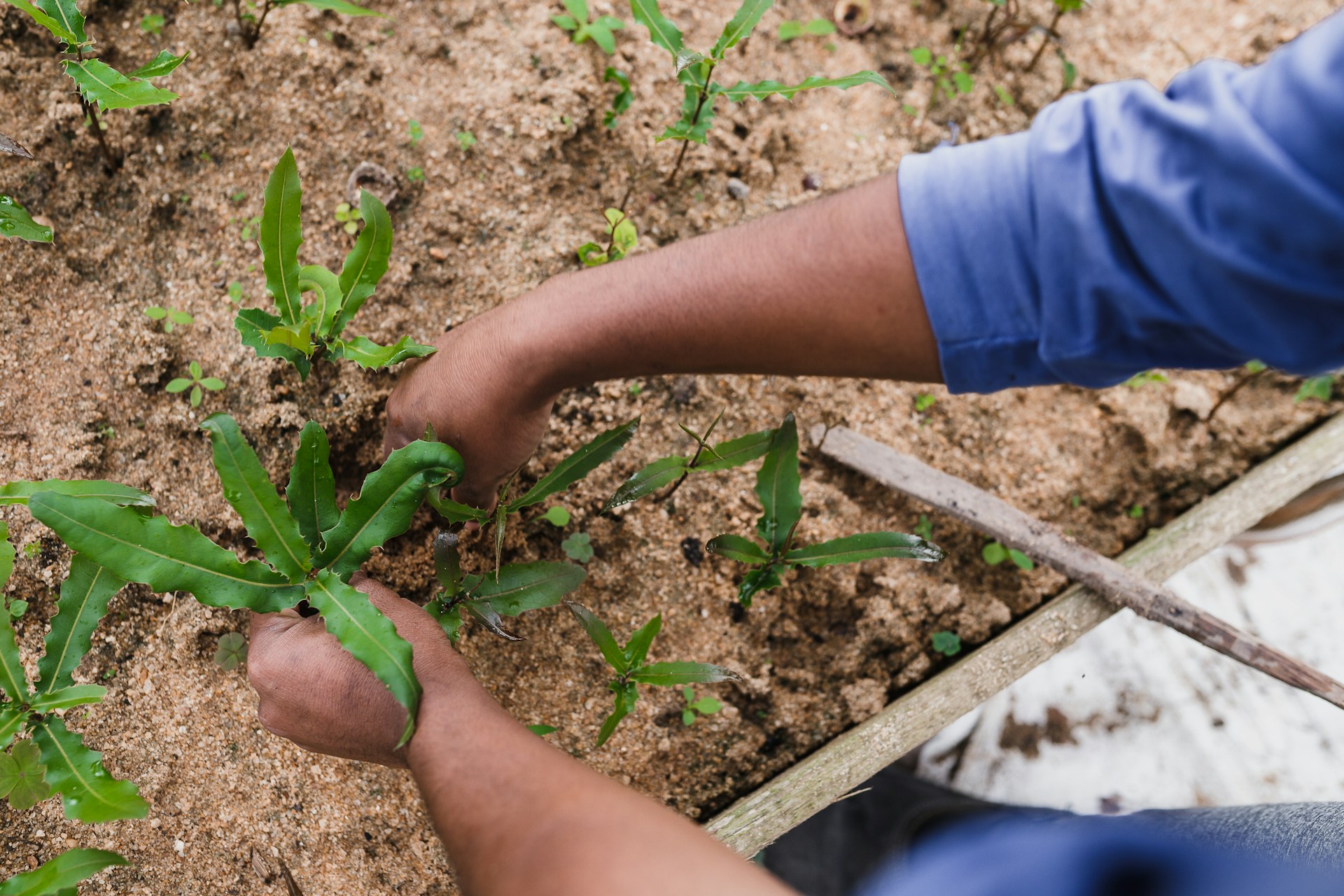Environmental and Social Compliance is the process of identifying, assessing, managing, and monitoring the environmental and social risks and impacts of development activities. For the REPAIR Program, this means ensuring that emergency responses to climate and other shocks are not only rapid and effective but also uphold the rights, dignity, and well-being of affected communities while protecting the environment.
E&S compliance in the REPAIR Programme is guided by the World Bank’s Environmental and Social Framework (ESF), which sets international standards for responsible development. These standards ensure that emergency relief activities are safe, inclusive, and sustainable, while minimising harm to people and ecosystems.

Natural disasters such as cyclones, floods, and droughts disproportionately affect the most vulnerable, particularly women, children, people with disabilities, and those living in poverty. Without proper safeguards, emergency response measures can unintentionally reinforce existing inequalities or cause unintended harm.
Upholding the right to life, housing, health, education, and to be consulted.
Transparent processes and grievance mechanisms build confidence among communities and stakeholders and ensure that authorities are responsive and accountable to the needs of their citizens.
Early identification of risks and inclusive engagement prevent social tensions from escalating.
Environmentally responsible actions reduce negative impacts and promote climate resilience.
REPAIR integrates E&S compliance into every phase of programme implementation. This includes:
Country-specific plans that outline actions and responsibilities for managing risks, developed in collaboration with the World Bank and ARC Ltd.
Ensuring ongoing communication with affected communities, ministries, and delivery partners, and including a clear grievance mechanism for complaints and feedback.
Formal systems for each Ministry of Finance, Distribution Channel, and ARC Ltd to address and escalate concerns fairly and efficiently.
All activities funded through REPAIR are screened using exclusion lists to avoid high-risk activities. ARC Ltd works with Ministries of Finance to ensure delivery channels meet World Bank ESF standards.
ARC Ltd provides training, technical support, and independent audits to strengthen E&S compliance across all participating countries.

Effective disaster response must be grounded in principles of equity, sustainability, and accountability. Through strong environmental and social safeguards, REPAIR not only responds to crises, but ensures that disaster responses are safe, fair, and build resilience to future shocks.
All disclosable documents are available on this website and through the World Bank portal. Feedback from stakeholders is welcomed and encouraged as part of our ongoing commitment to continuous improvement and inclusive recovery.
All disclosable documents are available on this website and through the World Bank portal. Feedback from stakeholders is welcomed and encouraged as part of our ongoing commitment to continuous improvement and inclusive recovery.
ARC Ltd| Comoros| Madagascar| Mozambique
The SEP defines how ARC Ltd and participating countries engage with stakeholders throughout the REPAIR Program lifecycle.
ARC Ltd| Comoros| Madagascar| Mozambique
The LMP sets out the rules and safeguards for workers involved in REPAIR implementation, including direct employees, contracted workers, and community labour.
ARC Ltd| Comoros| Madagascar| Mozambique
A Grievance Mechanism is a formal process through which individuals, communities, and stakeholders can raise concerns, complaints, or suggestions related to the REPAIR Program’s activities. It ensures that affected parties have a safe and accessible channel to seek redress, request information, or alert ARC Ltd and partner Ministries to potential environmental, social, or operational risks.
The Grievance Mechanism (GM) is a core component of ARC Ltd’s commitment to transparency, accountability, and inclusive governance under the World Bank’s ESF.
Grievances may relate to environmental or social impacts, mismanagement of funds, labour conditions, lack of information, exclusion from activities, or any concern related to REPAIR activities.
Enables all stakeholders, including the most vulnerable, to voice concerns without fear of retaliation.
Helps address problems before they escalate into larger disputes or conflicts.
Provides feedback that can lead to improvements in programme design, delivery, and impact.
Reinforces ARC Ltd’s reputation for integrity and responsiveness in disaster response operations.
Anyone wishing to raise a concern with ARC Ltd may do so through any of the following channels:
Complete the Grievance Form on the right
Send a message to: reports@lighthouse-services.com
Call our confidential line at: 800-603-2869
Contact the ARC Ltd country focal in your country. Contact details are available on the Contact Us page.
Grievances may be submitted anonymously or with contact information if a response is requested.
Click Here to open form
You will receive confirmation of your submission within 5 working days (if contact details are provided).
The grievance will be reviewed to determine its admissibility and whether it can be addressed at ARC Ltd or referred to a Ministry of Finance or delivery partner.
ARC Ltd will investigate the grievance and take appropriate steps to resolve the matter, including consultation with relevant parties.
A formal response will be provided within 15 working days, with information on the outcome or ongoing steps to resolve the issue.
If a grievance is particularly complex or unresolved, it may be escalated to ARC Ltd senior management.
All grievances are handled confidentially, and ARC Ltd will not tolerate any form of retaliation against individuals who raise concerns in good faith. Complainants may choose to remain anonymous, and all data is managed according to international data protection and safeguarding standards.